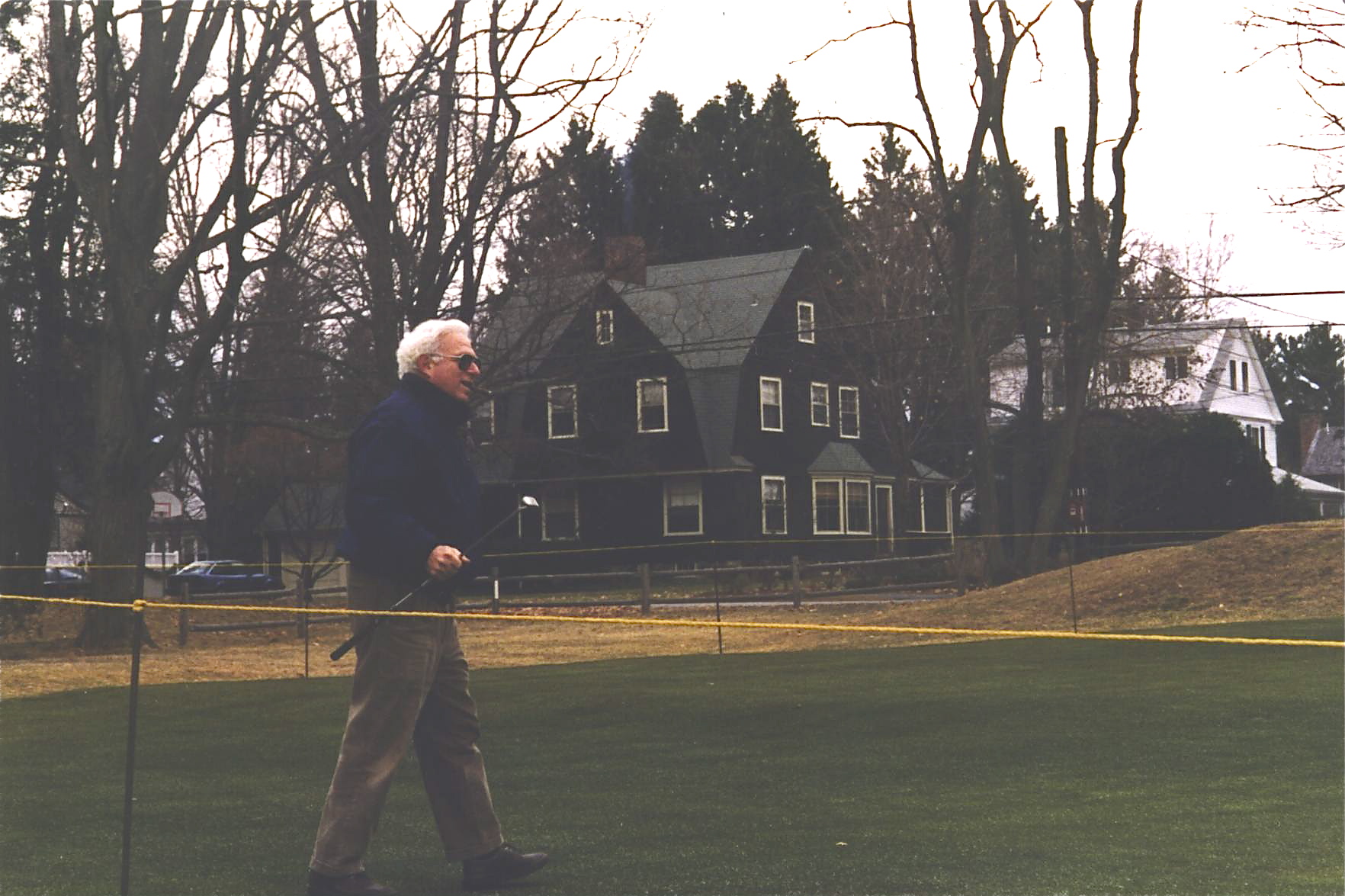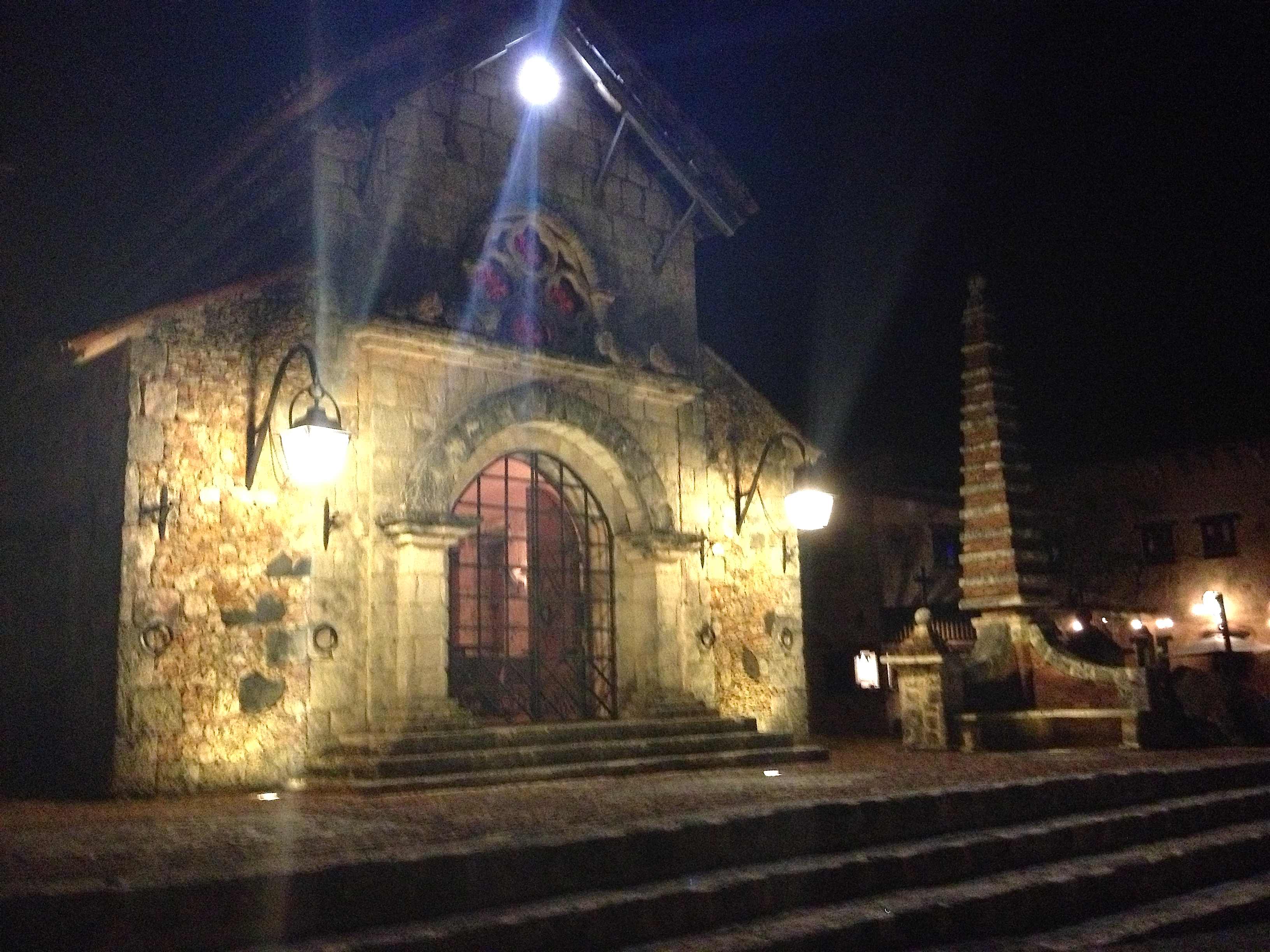[This piece was first posted in 2011. It seemed a good time to revisit, with the U.S. Open visiting yet another public course this June… hp]
I suppose we should count our blessings that a magnificent course like Riviera — a 1926 George Thomas design firmly ensconced in all the Top 100 lists that matter — still deigns to host PGA Tour events. As recently as 2001, when Riviera hosted the USGA Senior Open, club ownership was hell bent on securing a U.S. Open. There were multiple regrassings of the greens, which had not fared well during the club’s last major championship engagement, the 1995 PGA Championship, where our lasting image is a ground-level view of Steve Elkington’s winning putt bouncing frantically into our living rooms while traversing a hefty portion of Riviera’s pockmarked 18th green before disappearing into the cup. The 2001 Senior Open was to be Riviera’s chance at redemption, a very public audition for club ownership, tournament organizers and the course itself.
Looking back, the greens held up well enough but attendance was poor and it turns out not to have mattered a lick. The intervening years have witnessed a sea change in the USGA’s attitude toward the siting of its marquee event, and Riviera isn’t much discussed at all when future U.S. Open sites are the subject.
Why? Well, the 2002 Open at Bethpage really changed the way the USGA views itself and the national championship. The PR value of holding the tournament on a truly public course proved an undeniable boon to the USGA’s image and coffers. Crowds were huge, TV ratings soared, merchandize sales went nuts, and the USGA found a truly effective way to fight the impression that golf is game played exclusively by rich guys in bad pants. Private clubs weren’t barred going forward, by any means, but look at the list of Open sites played since 2002 and scheduled through 2017:
2017 – Erin Hills Golf Course, Erin, Wis.
2016 – Oakmont Country Club, Oakmont, Pa.
2015 – Chambers Bay, University Place, Wash.
2014 – Pinehurst No. 2, Pinehurst, N.C.
2013 – Merion Golf Club, Ardmore, Pa.
2012 – Olympic Club, San Francisco
2011 – Congressional Country Club, Blue Course, Bethesda, Md.
2010 – Pebble Beach Golf Links, Pebble Beach, Calif.
2009 – Bethpage State Park, Black Course, Farmingdale, N.Y.
2008 – Torrey Pines Golf Course, South Course, La Jolla, Calif.
2007 – Oakmont (Pa.) Country Club
2006 – Winged Foot Golf Club, Mamoroneck, N.Y.
2005 – Pinehurst Resort and Country Club, No. 2 Course, Village of Pinehurst, N.C.
2004 – Shinnecock Hills Golf Club, Southampton, N.Y.
2003 – Olympia Fields (Ill.) Country Club, North Course
2002 – Bethpage State Park, Black Course, Farmingdale, N.Y.
That’s 16 events, fully half staged at courses the public can play. Bear in mind that the USGA, starting in 1895, didn’t hold the Open at public course other than Pebble Beach until it visited another very expensive resort venue, Pinehurst No. 2, in 1999. The chances of a legitimately great but still private club cracking the rota of courses for Open consideration have literally been halved, and a place like Riviera doesn’t have a prayer.
Of course, there are other considerations when choosing Open venues. The USGA likes geographic diversity; it seeks to move the event around (again, to fight the image that the game is run by northeastern elites). It attempted for many years to find a Midwestern venue that would suffice. Medinah and Olympia Fields were found wanting — enter the public Erin Hills, in Wisconsin, scheduled to debut as host in 2017. The same issue applied to west coast venues (which also afford the USGA and NBC the opportunity to televise, very lucratively, weekend rounds in prime time). Pebble Beach is a natural (and technically public) but it’s interested in hosting only once a decade. This was the opening Riviera was hoping to fill, but instead that tryout went to Torrey Pines in San Diego, in 2008. Then it went to Chambers Bay, yet another muni, in Tacoma, Wash.
There are other aspects to the USGA’s formula. Opens require a vast amount of space these days. Note the presence of multi-course public facilities on this list, allowing onsite parking and space for long rows of hospitality tents and merchandise tents worthy of Barnum & Bailey. At Riviera, squeezed onto a superb but tight piece of ground, densely flanked by fancy homes, the window of opportunity appears to have closed for good.




















